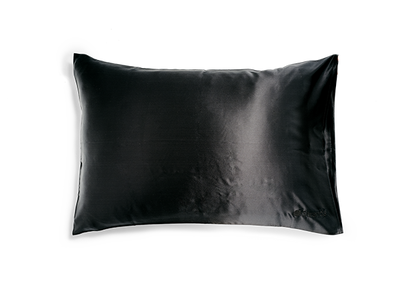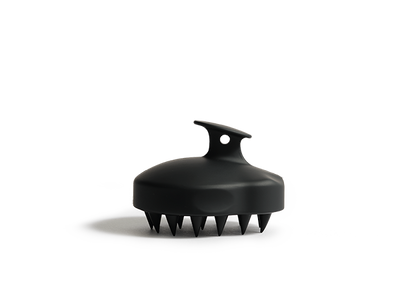The hair care industry has been slow to innovate with 70% of products maintaining the same active formulation rebranded in different ways. Instead of pursuing true innovation, brands discover ways to reach a broader audience while cornering more niche markets. Here are some of the reasons why we've created Strands to challenge the status quo in the hair care market.
Problem: Labels, labels, labels
For the consumers that still prefer purchasing products in-store, too many choices exist with the same marketing messages. How do you know which brand to use when there are five different brands on the shelf claiming to do the same thing? Coupled with over-complicated labels and ineffective shelf placement, this leaves the customer frustrated during the selection process, creating an inefficient shopping experience in the store.
Problem: Influencer Reviews
People increasingly choose brands by either online reviews, or recommendation from their friends/stylist/social media influencers. This raises the question if the friend/influencer has the same hair type, texture, moisture, environmental exposure as the customer. How do you know if you will be wasting money on a new product that won't provide their hair with the right "look/feel", or more seriously, the risk of irreversible damage. This leads to people either rarely changing from their trusted brands or for the risk-takers, spending significant amounts of time and money trying new brands until they find the right fit.
Problem: The Claims Placebo
When first choosing a new product, the customer puts their trust in the brand that the shampoo/conditioner product will fulfill its claims. In reality, these claims are never validated by the consumer because the consumer does not have the ability to test these claims such as "improves shine" or "increase volume". The customer bases their assessment of these claims on subjective analysis - primarily, how their hair "looks" and "feels". Because of this subjective assessment, claims have always been a simple, powerful tool to boost consumer perception of product efficacy and brands use them to coerce consumers into false impressions of hair health improvement.
In other words, claims are a placebo.
The hair care industry has been fortunate to maintain this mystification of product claims due to the minimal consequences of providing ineffective hair solutions.
Problem: Broad Hair Profiles
Most hair products are currently designed to fit a wide range of hair profiles, forcing customers with specific hair needs to fit into predetermined categories and avoid addressing all of their problems. Typically, hair products will have “two claim” hair profile specificity; for example - for straight, blonde hair or for dark, curly hair. This forces customers to fit into these deceptively specific profiles and use products that are not optimized for their hair. Regardless of ethnicity, hair style, chosen treatments or lifestyle, customers have to search to find products that fit their specific profiles, and even when they do there is still the significant possibility that the product has unsatisfactory results.
Problem: Hidden Hair Damage
People continuously damage their hair using a variety of treatments such as perming, bleaching/coloring and heating tools. Every treatment results in damage to the integrity of the hair's physiological structure that eventually results in reduced factors associated with visible healthy hair such as shine, hair strength, split ends, and volume. It is important to know exactly how damaged the hair is so the customer can identify the damage early before it manifests itself in a visible way. But, there is no accurate, widely available method for the consumer to assess their hair damage. People typically depend on their hair stylist to determine their hair damage, but just like assessing the efficacy of product claims, this process is completely subjective.

 The Starter Set
The Starter Set
 Reorder
Reorder
 Silk Pillowcase
Silk Pillowcase
 Scalp Massager
Scalp Massager


